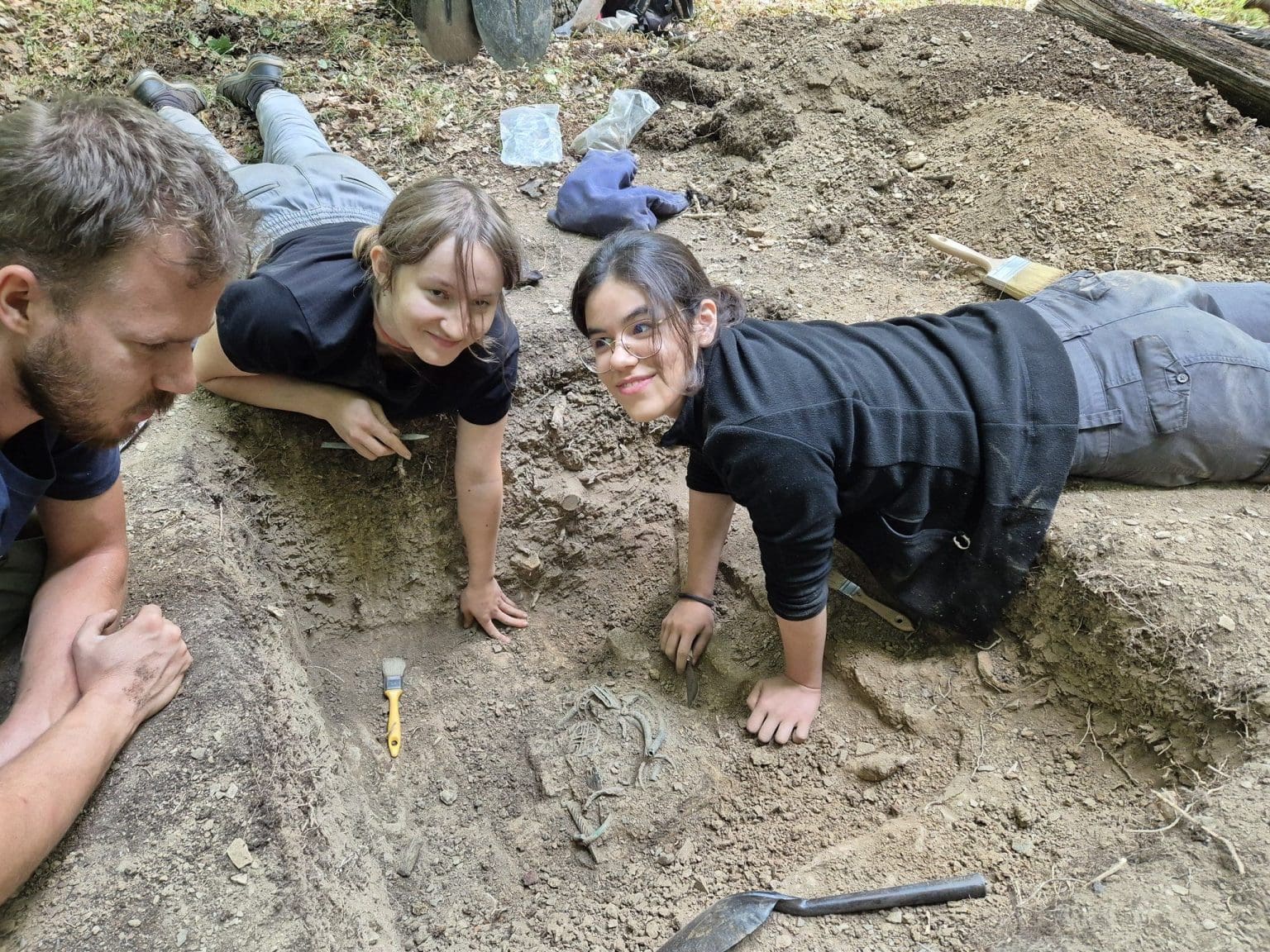A rich collection of highly interesting artifacts, including over 60 bronze and iron objects, has been uncovered as a result of research conducted by volunteers and students involved in an excavation project led by a university team specializing in the Bronze and Iron Ages in Bükk, northwestern Hungary.
The research focuses on an ancient village located at the summit of the Verebce-bérc mountain. This village thrived during the 7th and 6th centuries BC before being destroyed in an attack.
This year marks the sixth season of land research and the third season of excavation work.
During this year’s three research events, the team identified buildings that had burned during the previous siege and continued to examine the area using metal detection equipment.

Metal detector surveys conducted in the region have revealed an astonishing array of metal artifacts that offer new insights into the cultural connections of the area. The most notable discovery is a collection of over 60 bronze and iron objects, primarily consisting of jewelry and horse harness pieces, likely buried during the siege.
This treasure is particularly significant due to its connections with Southeast European cultures, especially in the Balkan region. Researchers believe that this community was buried to prevent the attack, making it an invaluable record of the village’s past wars, trade, and intercultural exchanges.

Numerous distinguished experts from various universities have been drawn to the project, collaborating on different aspects of the research, including logistics. Among the guests are archaeologist Bernhard Heeb, who lives in Berlin, and Professor Martin Golec from Olomouc University. The staff of Bükk National Park has also assisted the team with the help of experts such as Attila Bartha, Tibor Ézsöl, and Sándor Holló. Members of the Hungarian National Museum’s National Research Institute, including Zoltán Fullár and Gábor Bakos, have also provided support.
Cover Photo: ELTE BTK Régészettudományi Intézet blogja

